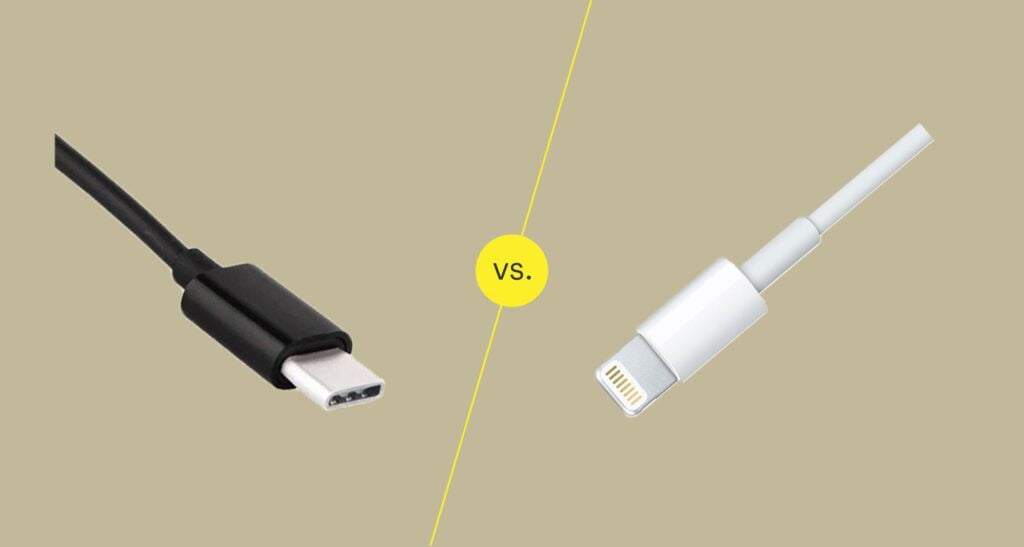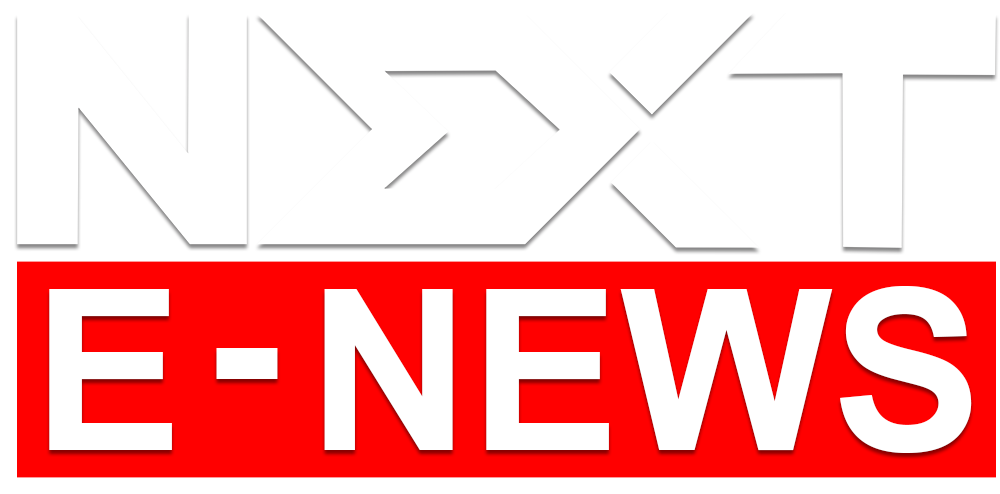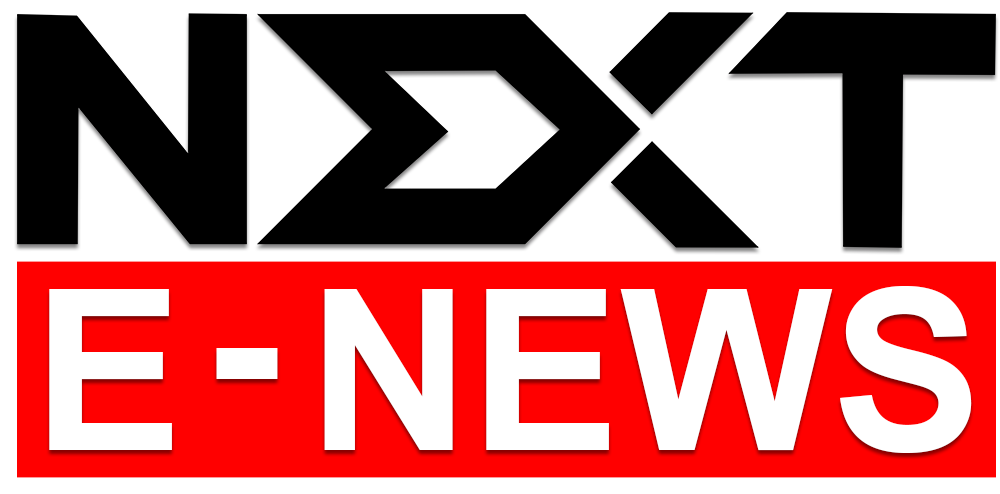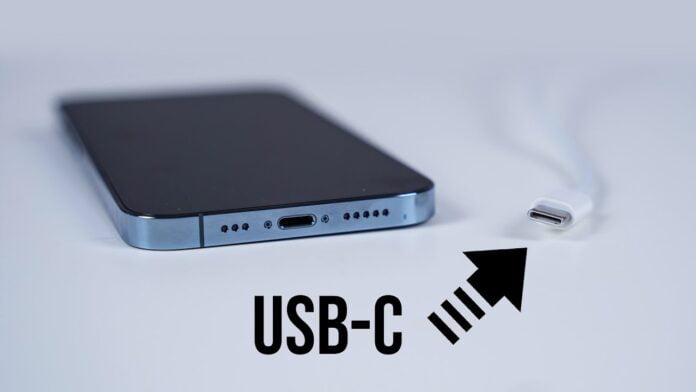The iPhone 14 and its Pro siblings were finally unveiled on September 7 during Apple’s Far Out event. Highlight features on Pro models include an amazing new “Dynamic Island,” better cameras, and the ability to get in touch with emergency services through satellite. However, there is still room for debate over the physical connection standard that these phones use.
The iPhone 14 and iPhone 14 Pro models do not have USB-C connectivity, contrary to earlier claims. Instead, Apple’s most recent and greatest iPhones continue to use the company’s exclusive Lightning connector, which turns ten in 2022.
This implies that the iPhone 15—which is anticipated to release in 2023—is now anticipated to be the first iPhone to ship with the updated port, though even then it’s only likely to change as a result of an EU ruling.
So why is USB-C important? And what exactly is wrong with Lightning? It’s crucial to first understand why Apple is facing such regulatory pressure.
under duress
An EU accord from earlier this year mandated that all cellphones must adopt the USB-C connector type for their charging ports.
This is not a problem for the majority of companies, like Samsung, Google, and many others, as USB-C has been widely used ever since micro-USB was phased out years ago. The fact that every single iPhone model (as of 2012) continues to use Apple’s exclusive Lightning connector, however, makes this a potentially costly adjustment for the corporation.
The verdict likely came too late in the production process to alter the connectors on the 2022 iPhone 14; Apple has until 2024 to switch to USB-C. However, it is unlikely that the iPhone 15 will enjoy the same grace period.
What advantages does USB-C have over Lightning

The EU decision allows smartphone chargers to be used for years between devices in an effort to reduce electronic waste, but there are also several advantages for customers.
One benefit of using USB-C is that those who connect their phone to a PC or Mac with a cable can transfer data more quickly. Even faster charging speeds than Apple’s most recent improvements in the iPhone’s fast-charging are available with USB-C.
The fact that USB-C is platform independent is another significant plus. Carrying around additional chargers can be annoying because Lightning is only supported by Apple products. You probably already have a USB-C cable that you could use on your iPhone starting in 2019 if you own a Nintendo Switch, a MacBook, or even a PlayStation 5 or Xbox Series S|X controller.
But it’s not all good news. Some customers claim that Apple’s Lightning connectors are much more durable and remain attached to USB-C cables even after frequent use.
Why won’t Apple switch over to USB-C for the iPhone?
Apple has a few reasons for not wanting to switch over. For starters, the business is probably going to generate a respectable amount of money licencing the Lightning technology to independent accessory producers while simultaneously directing customers to its own store for replacement cords.
Because of Apple’s “walled garden” ecosystem, where they control what consumers can and cannot do with an iPhone, iOS has a more consistent user experience.
Additionally, it implies that Apple has slightly more control over the accessories that are plugged into their products. A excellent example is the Nintendo Switch, whose users have been able to get around some anti-piracy safeguards via the console’s USB-C connector.
Use USB-C on other Apple devices?

Apple was one of the first major computer companies to recognise the potential of USB-C, which is likely what surprises people the most about the company’s hesitation to adopt it.
Apple’s revamped 12-inch MacBook was criticised back in 2015 for having only USB-C connectors and needing a variety of dongles to read SD cards and connect to HDMI cables. Currently, all MacBooks have USB-C ports, and all iPad models—aside from the Rs. 26206 entry-level model—have USB-C ports as well.
In actuality, all iterations of AirPods and various Beats headphones are the only other Apple products currently using Lightning ports outside of the iPhone. Even said, many believe that AirPods will soon adopt USB-C after the most current Beats Fit Pro made the switch.


